Home>Gardening & Outdoor>Landscaping Ideas>When To Mow New Grass After Overseeding
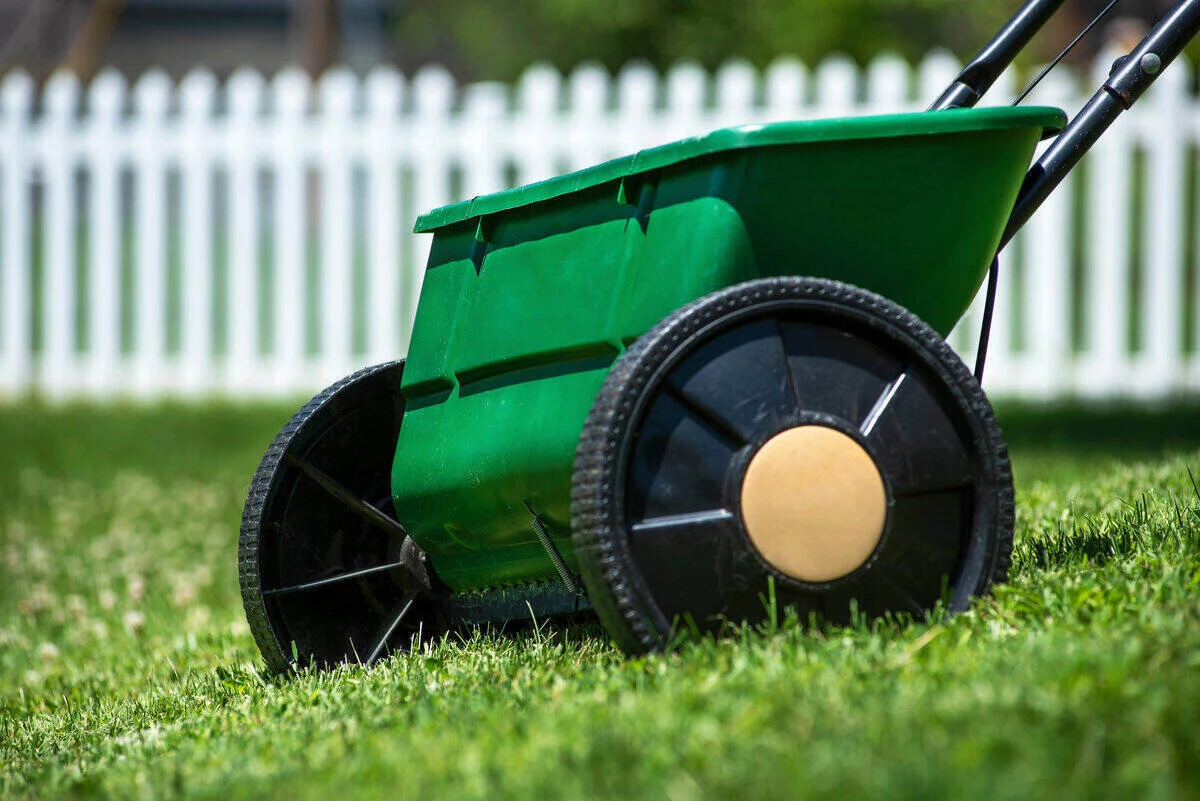

Landscaping Ideas
When To Mow New Grass After Overseeding
Modified: February 18, 2024
Discover the best landscaping ideas for mowing new grass after overseeding. Learn when and how to maintain your lawn for optimal growth and health.
(Many of the links in this article redirect to a specific reviewed product. Your purchase of these products through affiliate links helps to generate commission for Storables.com, at no extra cost. Learn more)
**
Introduction
**
Overseeding is a crucial aspect of maintaining a lush, vibrant lawn. It involves planting grass seed directly into existing turf to fill in bare patches, improve the overall density of the grass, and enhance the lawn's resilience. While overseeding is a beneficial practice, it requires careful planning and execution to ensure optimal results. One essential consideration in the overseeding process is determining the appropriate timing for mowing the new grass. This article will delve into the intricacies of mowing new grass after overseeding, offering valuable insights and practical tips to guide you through this essential lawn care task. Understanding the timing and best practices for mowing new grass following overseeding is instrumental in nurturing a healthy and thriving lawn. Let's explore the key factors and considerations that influence this process, empowering you to make informed decisions and achieve stunning results in your lawn care endeavors.
Key Takeaways:
- Timing is crucial when mowing new grass after overseeding. Wait until the grass reaches 3-4 inches in height to promote healthy growth and resilience.
- Adjust mower height, use a sharp blade, and monitor soil moisture when mowing newly seeded grass. These practices nurture healthy growth and a visually stunning lawn.
Read more: When To Mow Overseeded Grass
Understanding the Process of Overseeding
Before delving into the timing of mowing new grass after overseeding, it’s important to grasp the fundamentals of the overseeding process itself. Overseeding plays a pivotal role in rejuvenating and maintaining the health and appearance of your lawn. Over time, lawns can develop thin or patchy areas due to factors such as foot traffic, pet activity, or environmental stressors. Overseeding addresses these issues by introducing new grass seed to thicken the existing turf, promoting a denser and more resilient lawn.
The first step in the overseeding process involves preparing the lawn for optimal seed germination. This typically entails mowing the existing grass to a shorter height, which facilitates better seed-to-soil contact and allows sunlight to reach the soil surface. Additionally, dethatching or aerating the lawn can help create an ideal environment for the new seeds to take root and flourish.
Once the lawn is prepared, the overseeding process involves spreading an appropriate grass seed blend evenly across the targeted areas. Choosing the right type of grass seed for your specific climate and soil conditions is crucial for successful overseeding. After seeding, it’s essential to water the lawn consistently to keep the soil moist and support germination. As the new grass seedlings emerge and begin to establish themselves, it becomes vital to consider the timing of the first mowing to ensure the continued health and development of the newly seeded areas.
Understanding the intricacies of overseeding provides a solid foundation for making informed decisions regarding the care and maintenance of your lawn. By comprehending the process of overseeding and its role in fortifying your lawn against wear and tear, you can approach the task of mowing new grass after overseeding with confidence and expertise.
Factors Affecting the Timing of Mowing New Grass
Several key factors come into play when determining the optimal timing for mowing new grass after overseeding. Understanding these factors is essential for promoting the healthy growth and establishment of the newly seeded areas, ultimately contributing to the overall resilience and vibrancy of your lawn.
- Germination Period: The germination period for grass seeds varies depending on the specific type of grass being seeded. Typically, grass seedlings will begin to emerge within 7 to 21 days after overseeding. It’s crucial to allow adequate time for the new grass to establish itself before mowing, as premature mowing can disrupt the delicate seedlings and hinder their growth.
- Growth Height: Monitoring the height of the new grass is essential for determining the appropriate time for the first mowing. Once the grass reaches a height of approximately 3 to 4 inches, it may be ready for its initial trim. However, this threshold can vary based on the grass species and environmental conditions, so it’s important to assess the specific growth patterns of the newly seeded areas.
- Soil Moisture and Condition: The moisture content and overall condition of the soil play a significant role in the timing of mowing new grass after overseeding. It’s essential to ensure that the soil is neither too dry nor excessively wet when mowing, as excessively dry soil can stress the new grass, while overly wet soil can lead to compaction and potential damage to the seedlings.
- Weather Conditions: Monitoring the weather forecast is crucial when planning the first mowing after overseeding. Ideally, choose a time when the weather is mild, and the newly seeded areas are not under stress from extreme heat or drought. Mowing during cooler periods of the day can also minimize stress on the new grass.
- Grass Species and Growth Rate: Different grass species exhibit varying growth rates and characteristics. Understanding the specific attributes of the grass species you’ve seeded can provide valuable insights into the optimal timing for mowing. Some species may require more time to establish themselves before mowing, while others may be ready for mowing sooner.
By taking these factors into account and closely monitoring the progress of the newly seeded areas, you can make informed decisions about the ideal timing for mowing new grass after overseeding. This thoughtful approach contributes to the long-term health and vitality of your lawn, ensuring that the newly seeded areas thrive and integrate seamlessly with the existing turf.
Wait until the new grass reaches 3-4 inches before mowing after overseeding. This usually takes 3-4 weeks. Mow at the highest setting to avoid damaging the new grass.
Best Time to Mow New Grass After Overseeding
Timing plays a critical role in determining the best time to mow new grass after overseeding. While it’s essential to allow the newly seeded areas to establish themselves before mowing, it’s equally important to avoid delaying the first mowing for too long, as this can lead to overgrown and potentially stressed grass. Striking the right balance is key to nurturing the health and resilience of your lawn following the overseeding process.
As a general guideline, it’s advisable to wait until the new grass reaches a height of approximately 3 to 4 inches before mowing. This allows the grass to develop a robust root system and establish itself, promoting healthier and more vigorous growth in the long run. However, it’s important to consider the specific growth patterns of the grass species you’ve seeded, as well as the prevailing environmental conditions, when determining the optimal timing for the first mowing.
Observing the germination period is crucial in gauging when to schedule the first mowing. Once the majority of the grass seedlings have emerged and reached a height of around 3 to 4 inches, it’s typically an indication that the new grass is ready for its initial trim. However, it’s essential to exercise caution and avoid mowing when the soil is excessively wet, as this can lead to soil compaction and potential damage to the delicate seedlings.
Choosing the right time of day for mowing can also impact the health and resilience of the newly seeded areas. Opt for mowing during the cooler parts of the day to minimize stress on the grass and reduce the risk of moisture loss. Additionally, ensuring that the lawnmower blades are sharp and properly adjusted can contribute to a clean and precise cut, promoting the overall well-being of the new grass.
By considering these factors and closely monitoring the growth and development of the newly seeded areas, you can determine the best time to mow new grass after overseeding. This thoughtful approach fosters the healthy establishment of the new grass, ultimately contributing to a lush, vibrant, and resilient lawn that enhances the beauty of your outdoor space.
Tips for Mowing New Grass After Overseeding
Mowing newly seeded grass requires a delicate and strategic approach to ensure the continued health and vitality of the lawn. By following these essential tips, you can navigate the process of mowing new grass after overseeding with confidence and expertise, nurturing the newly established areas and promoting a thriving, resilient lawn.
- Adjust Mowing Height: When mowing new grass after overseeding, adjust the lawnmower to a higher cutting height to avoid stressing the delicate seedlings. Aim to remove no more than one-third of the grass blade length at a time to prevent shock and promote healthy regrowth.
- Use a Sharp Blade: Ensure that the lawnmower blade is sharp and in optimal condition. A dull blade can tear the grass rather than providing a clean cut, leading to increased susceptibility to disease and stress. Regularly sharpen or replace the mower blade to maintain precision and promote the overall well-being of the grass.
- Mow When Dry: Choose to mow the newly seeded areas when the grass and soil are dry. Mowing wet grass can lead to clumping and an uneven cut, potentially causing damage to the newly established grass and impeding its growth.
- Collect Grass Clippings: Consider collecting grass clippings when mowing newly seeded areas. This helps prevent the clippings from smothering the emerging seedlings and allows for better airflow and light penetration, supporting the healthy development of the new grass.
- Observe Mowing Frequency: Initially, limit the frequency of mowing to avoid placing undue stress on the new grass. As the grass continues to establish itself, gradually resume a regular mowing schedule, ensuring not to remove more than one-third of the grass blade length at each mowing session.
- Monitor Soil Moisture: Pay attention to the moisture content of the soil when scheduling mowing sessions. Avoid mowing when the soil is excessively wet, as this can lead to compaction and potential damage to the delicate seedlings. Conversely, refrain from mowing when the soil is excessively dry, as this can stress the newly established grass.
By incorporating these tips into your approach to mowing new grass after overseeding, you can foster the healthy establishment and growth of the newly seeded areas, contributing to a lush, resilient, and visually captivating lawn. Thoughtful and attentive mowing practices play a pivotal role in nurturing the long-term health and vibrancy of your outdoor space, ensuring that your lawn remains a source of pride and beauty.
Read more: When To Cut Grass After Overseeding
Conclusion
Mastering the art of mowing new grass after overseeding is a fundamental aspect of nurturing a thriving and resilient lawn. By understanding the intricacies of the overseeding process and the factors influencing the timing of mowing, you can approach this essential task with confidence and expertise, ultimately reaping the rewards of a lush, vibrant, and visually stunning lawn.
Timing is of the essence when it comes to mowing new grass after overseeding. By allowing the newly seeded areas to establish themselves and reach an optimal height before mowing, you set the stage for healthy growth and long-term resilience. Monitoring the germination period, observing the growth height, and considering environmental factors all play a crucial role in determining the best time to mow new grass, ensuring that the newly established areas integrate seamlessly with the existing turf.
Implementing strategic mowing practices, such as adjusting the mowing height, using a sharp blade, and monitoring soil moisture, contributes to the overall well-being of the new grass. By following these essential tips, you can navigate the process of mowing newly seeded areas with care and precision, fostering the healthy establishment and growth of the grass while maintaining the beauty and integrity of your lawn.
Ultimately, the careful and attentive approach to mowing new grass after overseeding sets the stage for a resilient and visually captivating lawn. By combining knowledge of the overseeding process, thoughtful timing, and strategic mowing practices, you can cultivate a landscape that not only enhances the aesthetic appeal of your outdoor space but also serves as a testament to your dedication to nurturing a vibrant and thriving lawn.
Embrace the art of mowing new grass after overseeding as an opportunity to foster the health and beauty of your lawn, and revel in the transformation of your outdoor oasis into a lush and inviting haven.
Frequently Asked Questions about When To Mow New Grass After Overseeding
Was this page helpful?
At Storables.com, we guarantee accurate and reliable information. Our content, validated by Expert Board Contributors, is crafted following stringent Editorial Policies. We're committed to providing you with well-researched, expert-backed insights for all your informational needs.
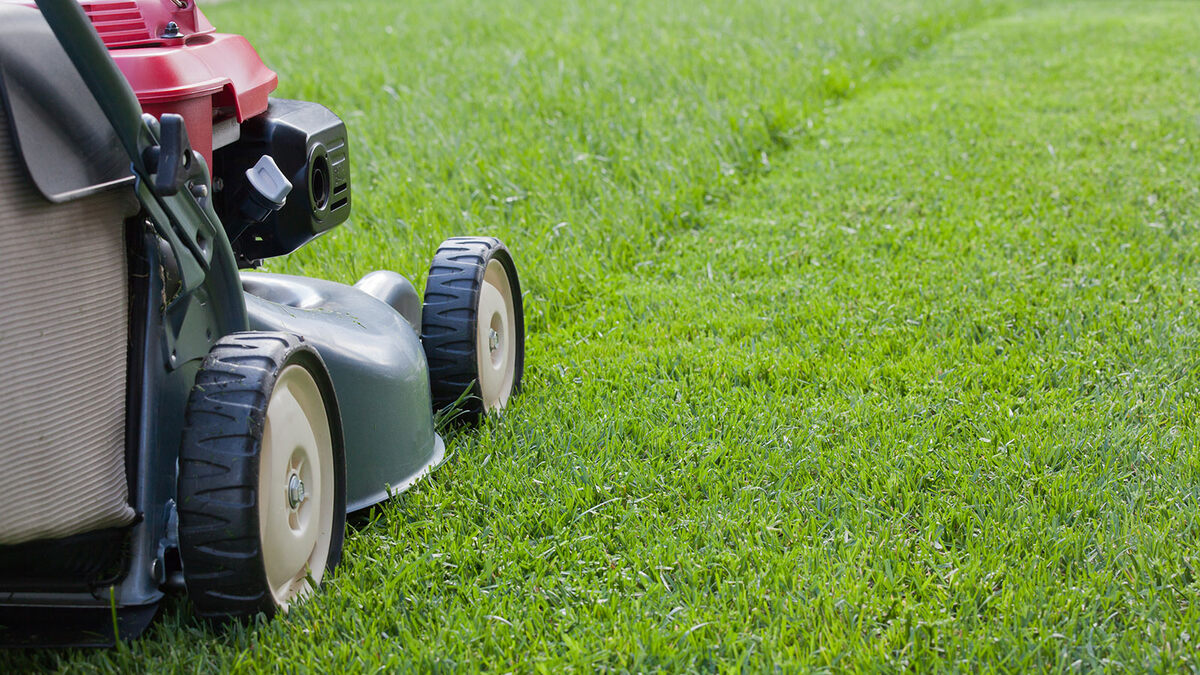
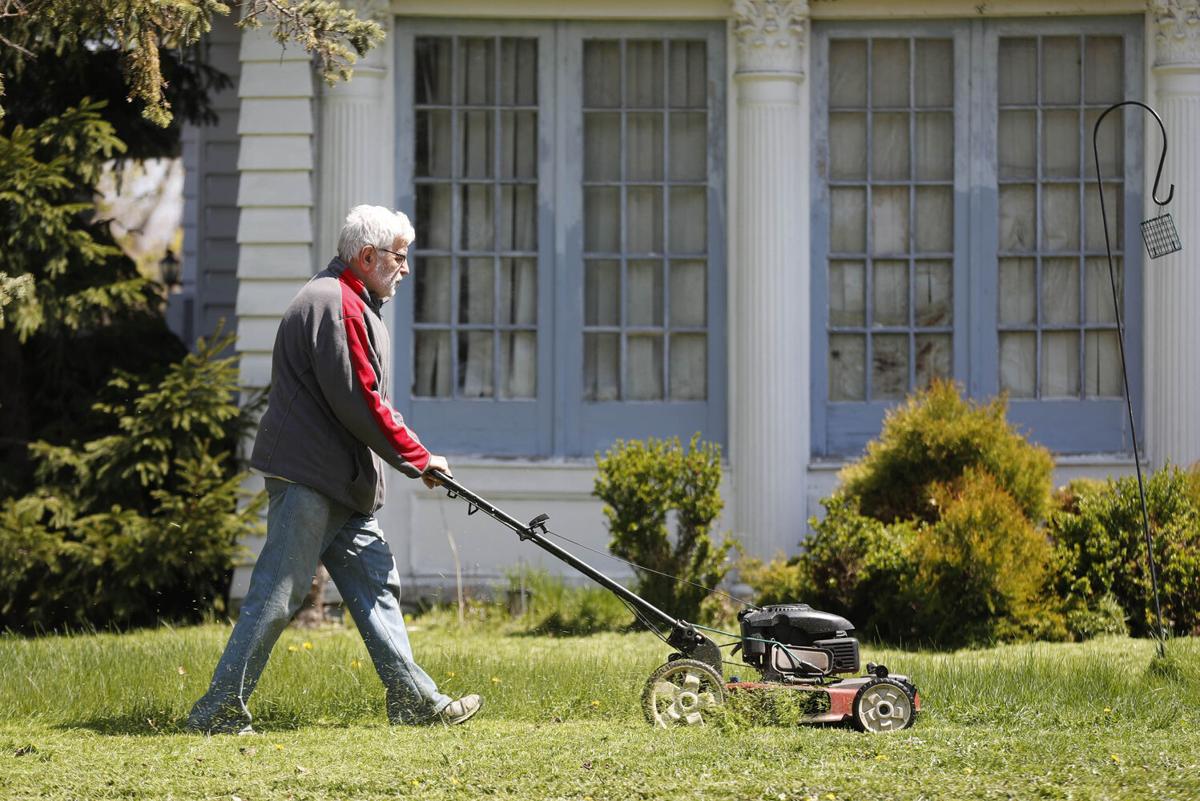
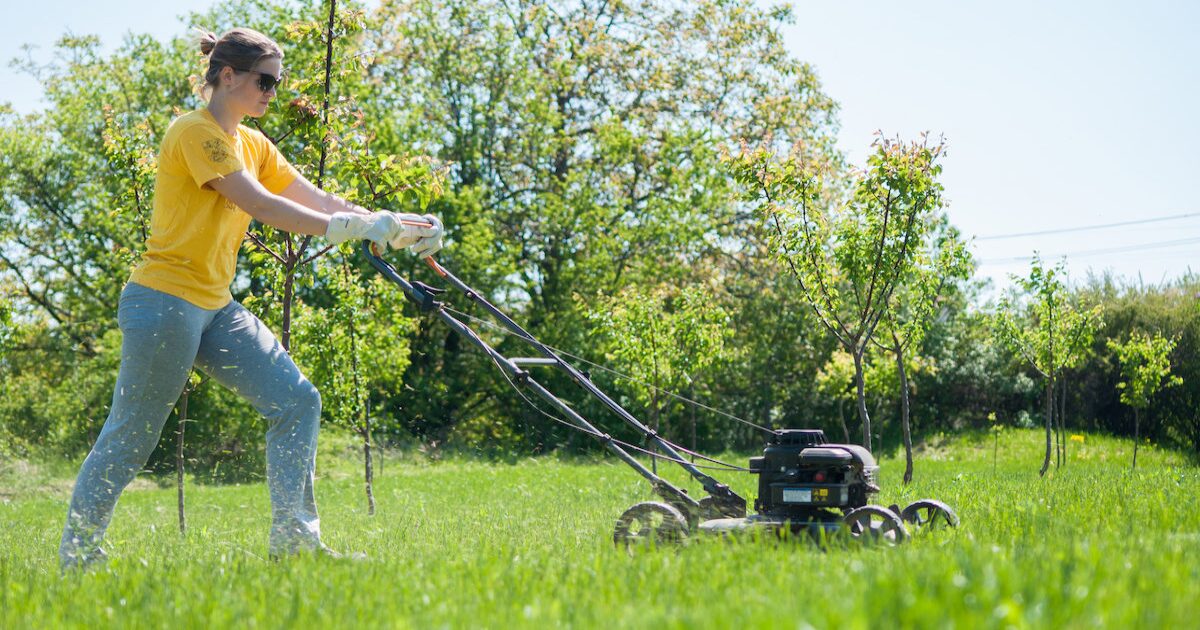
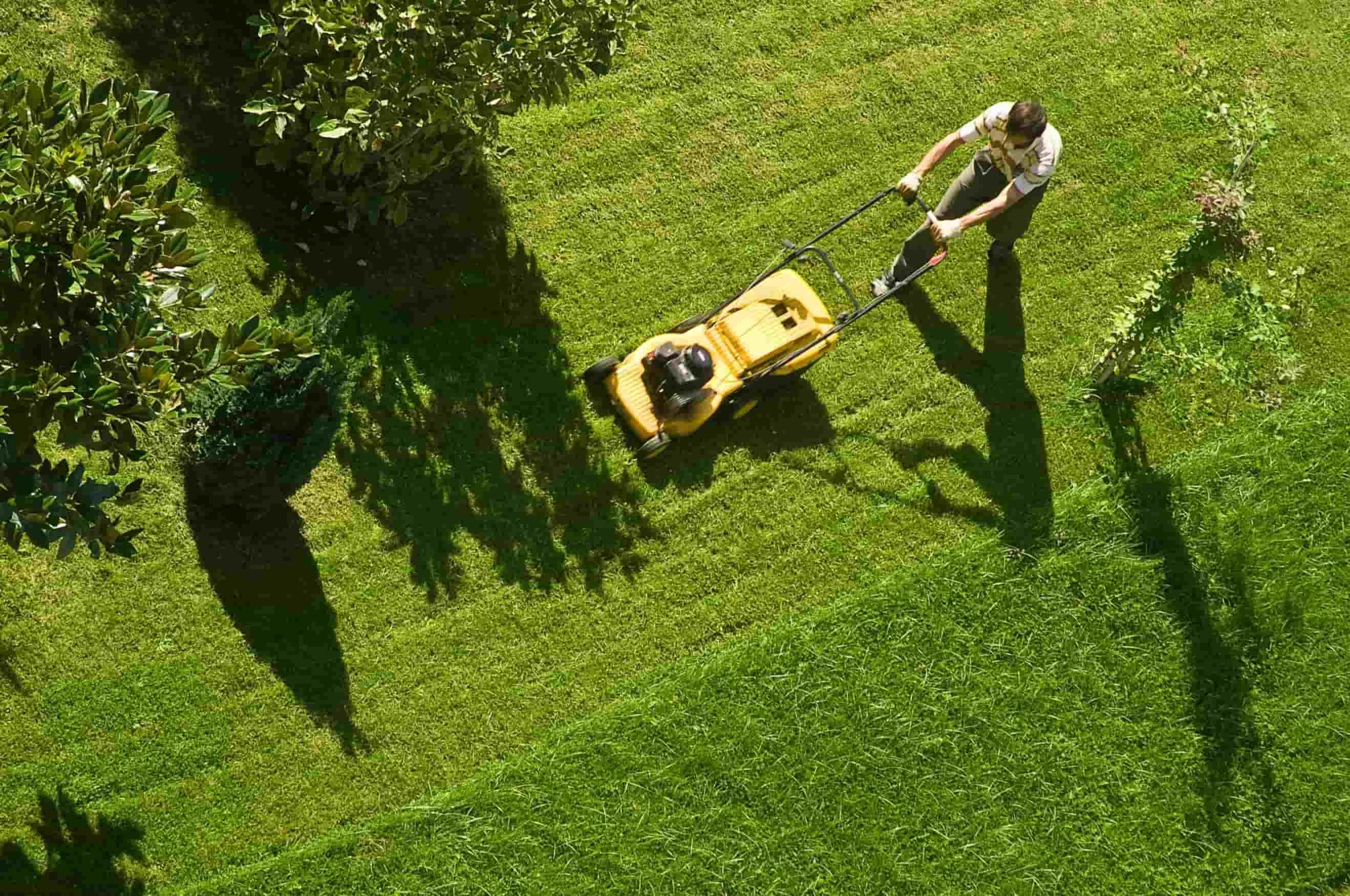
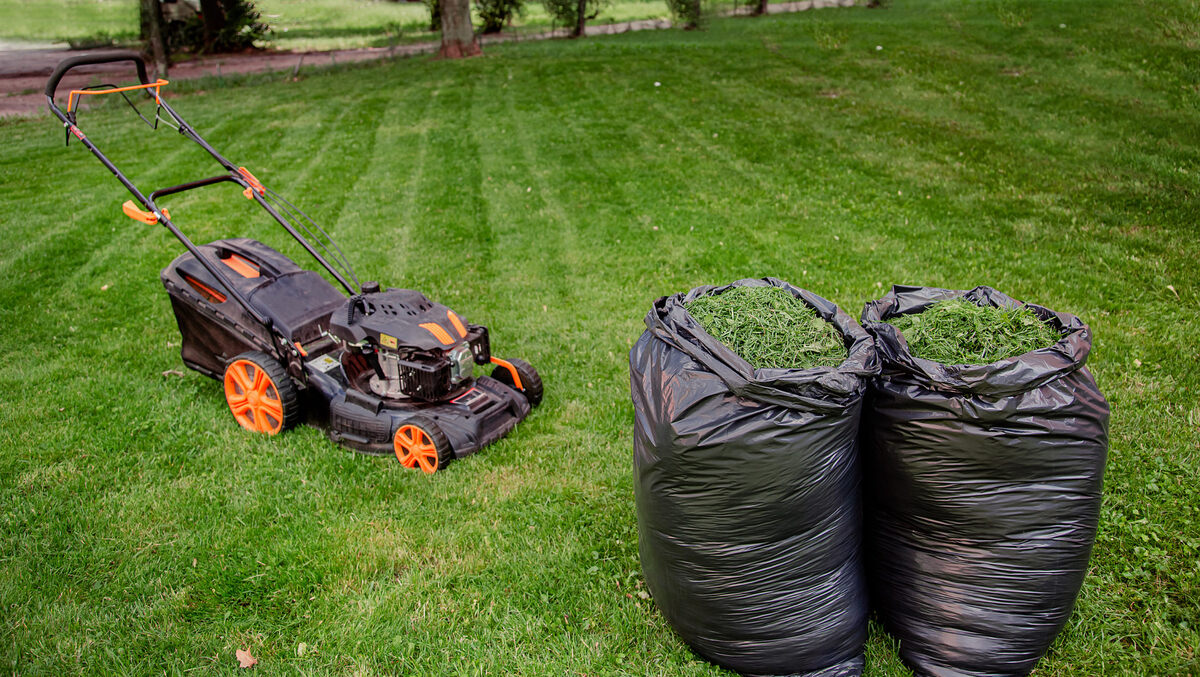
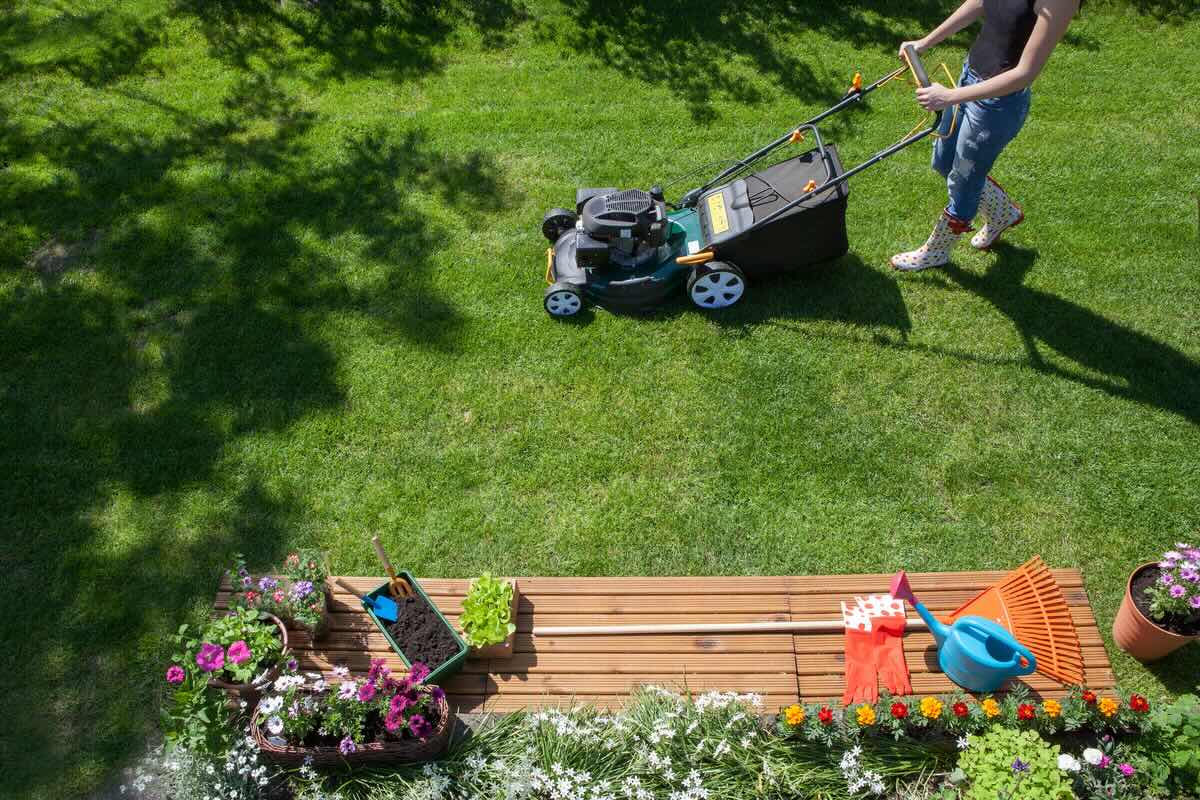
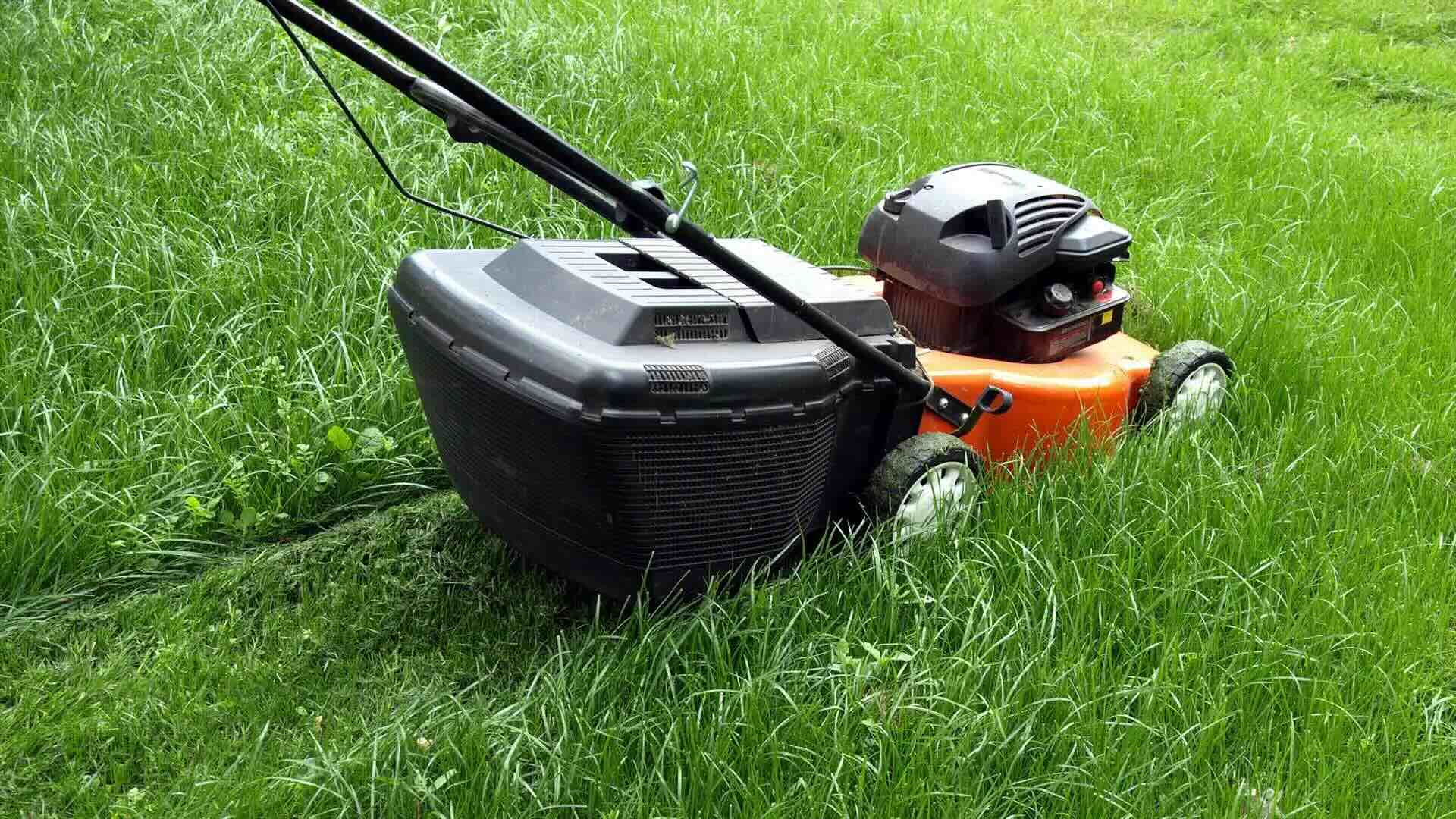
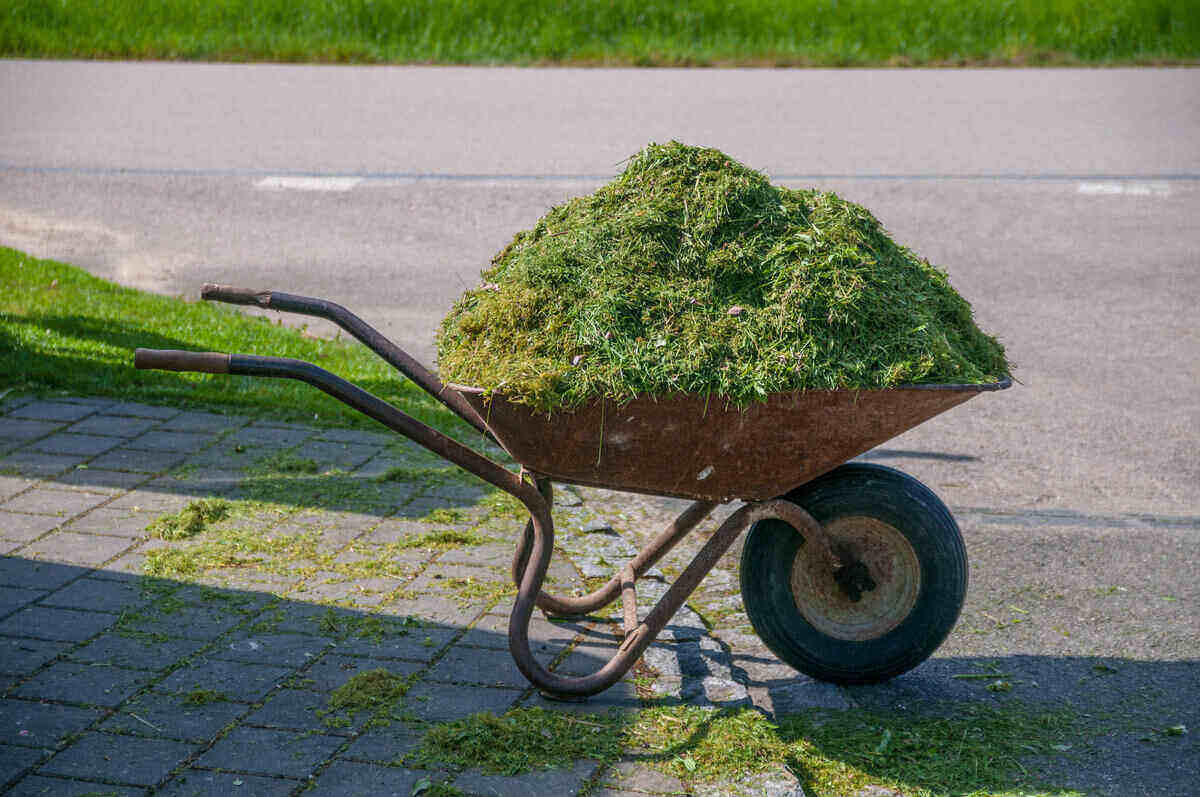
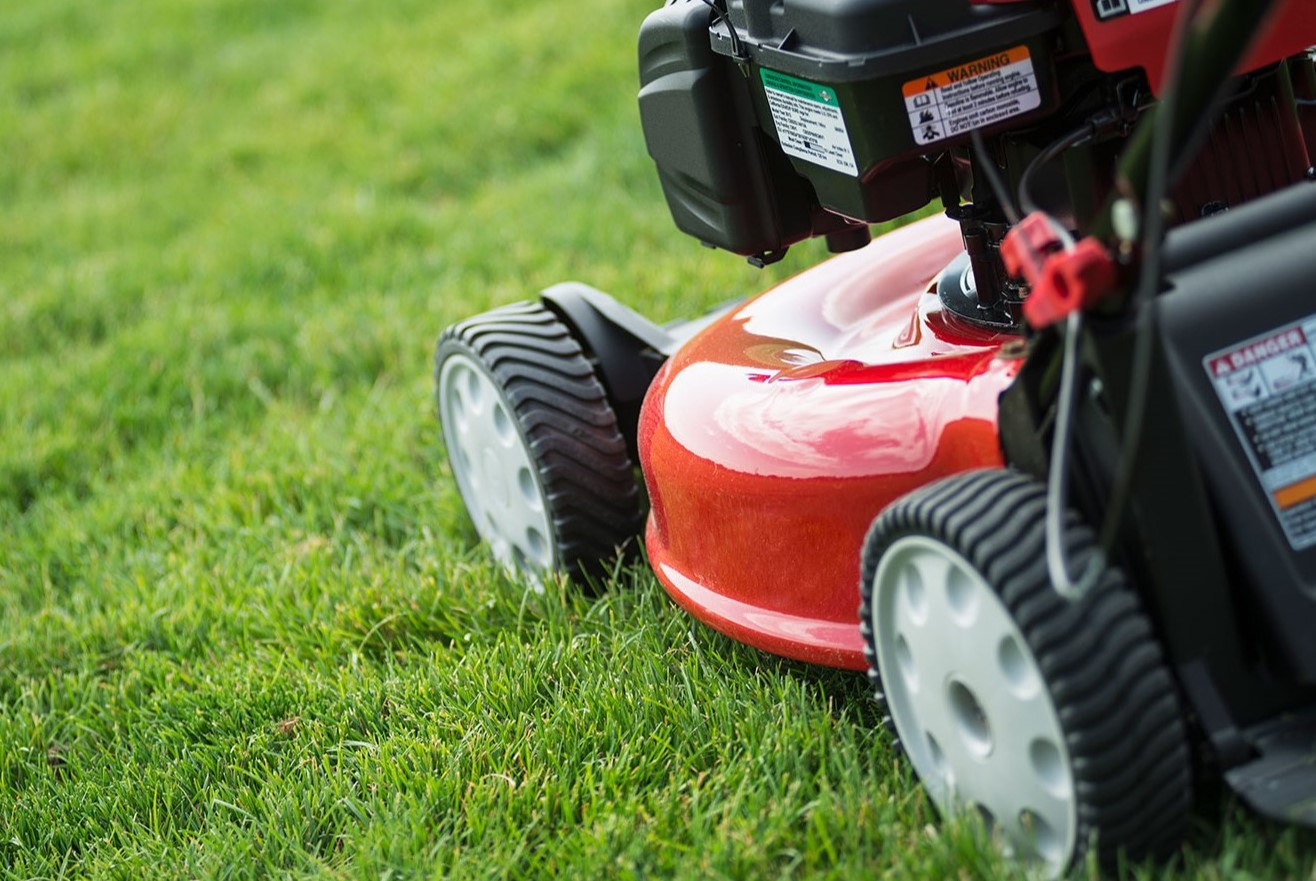
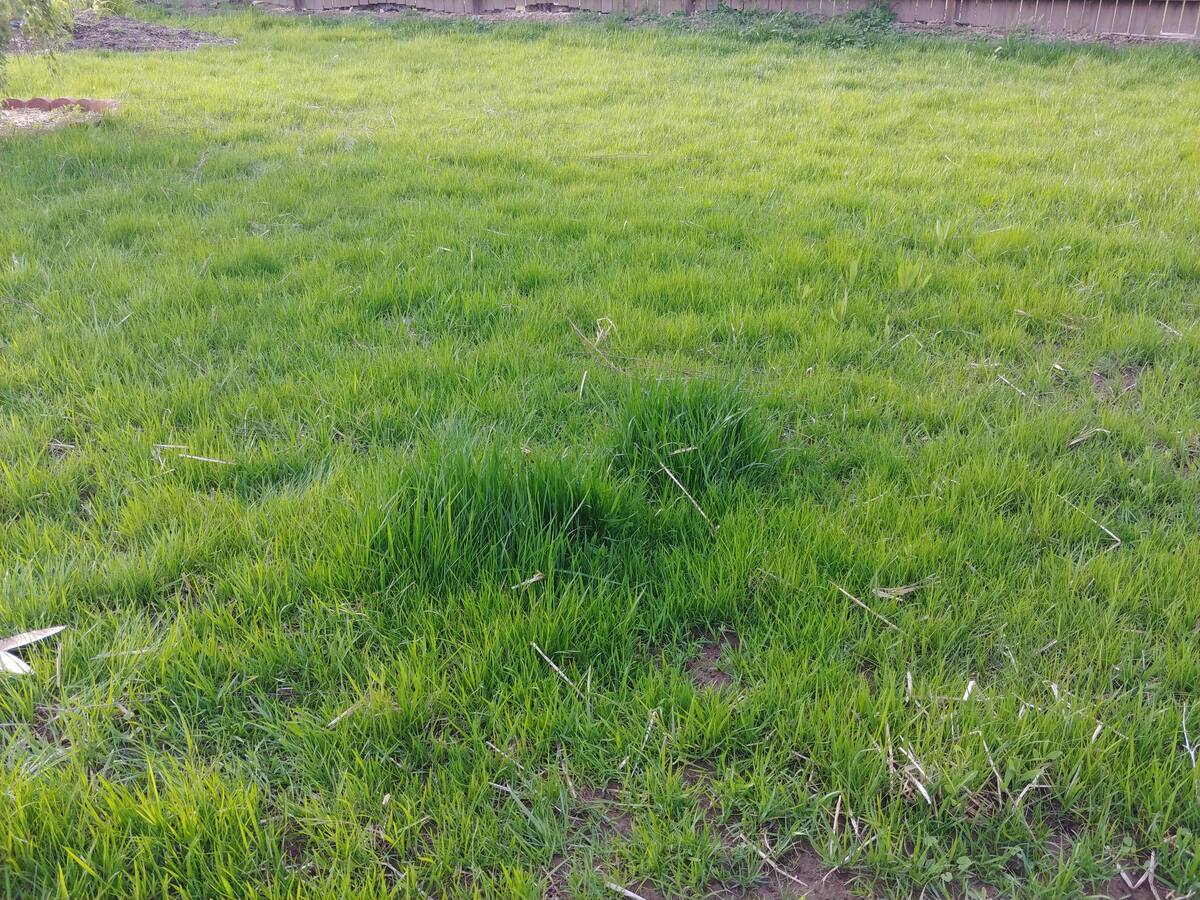
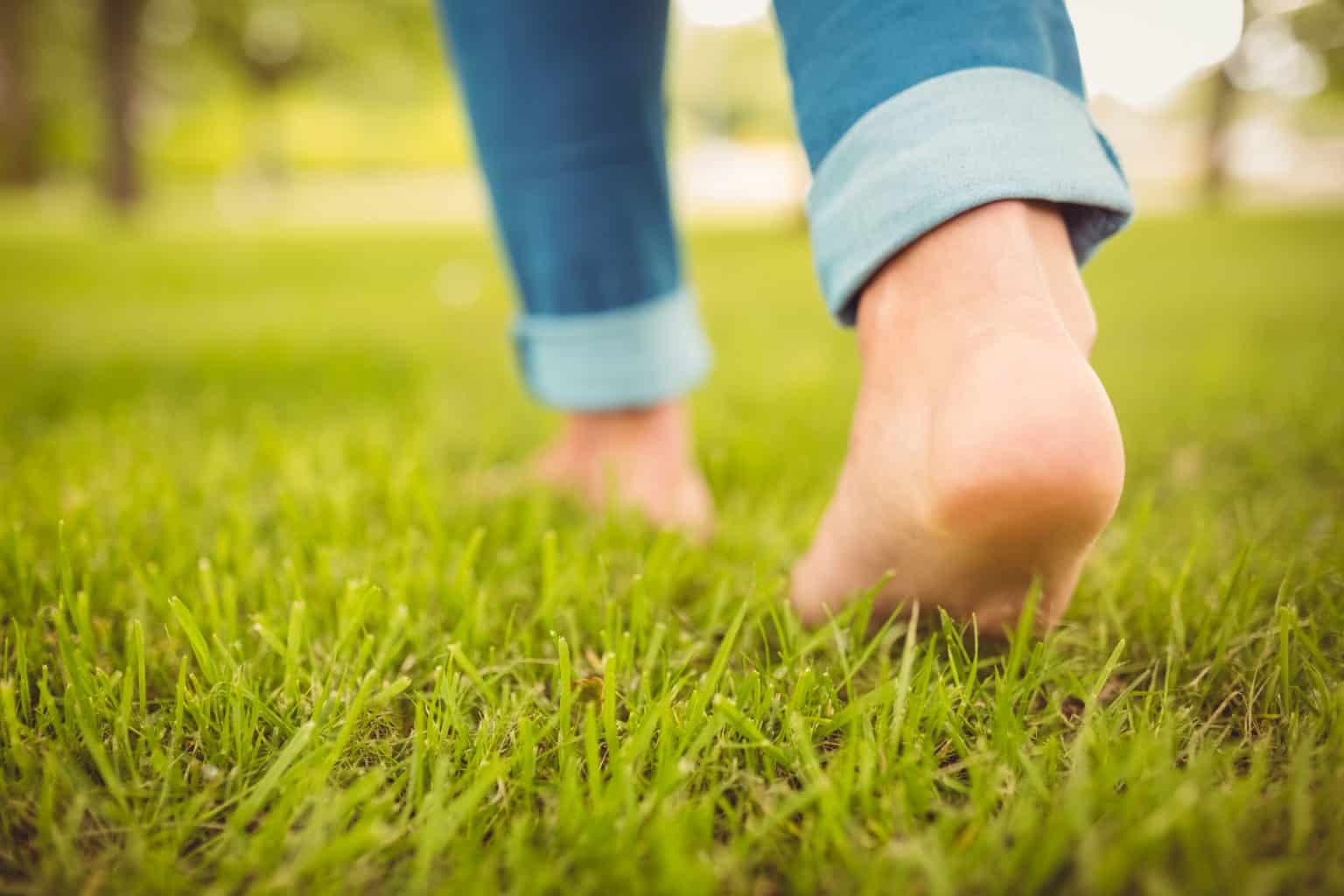
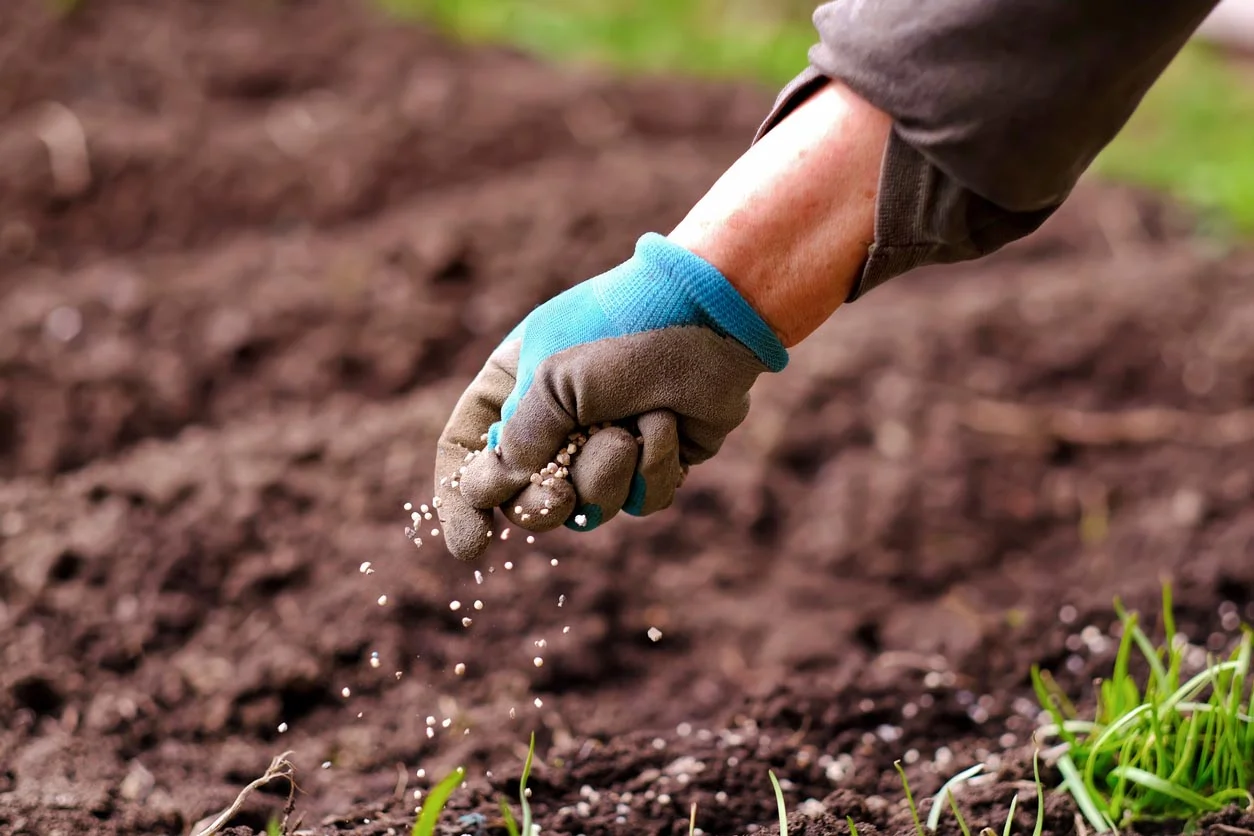
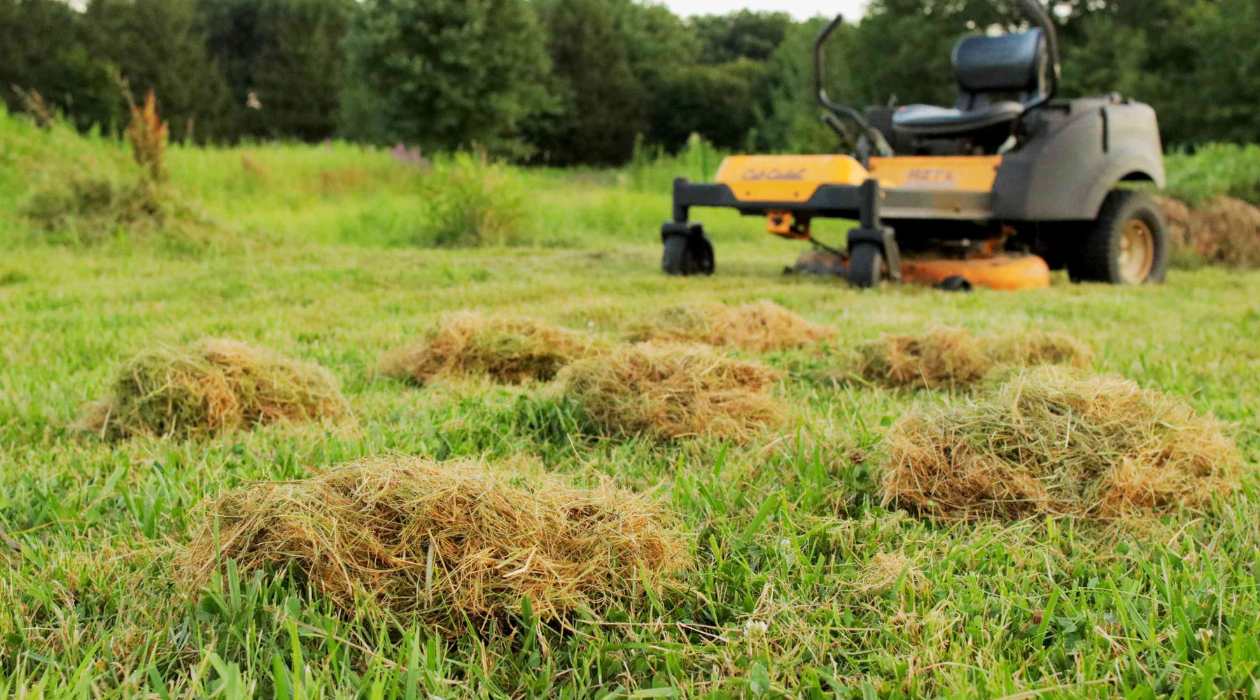
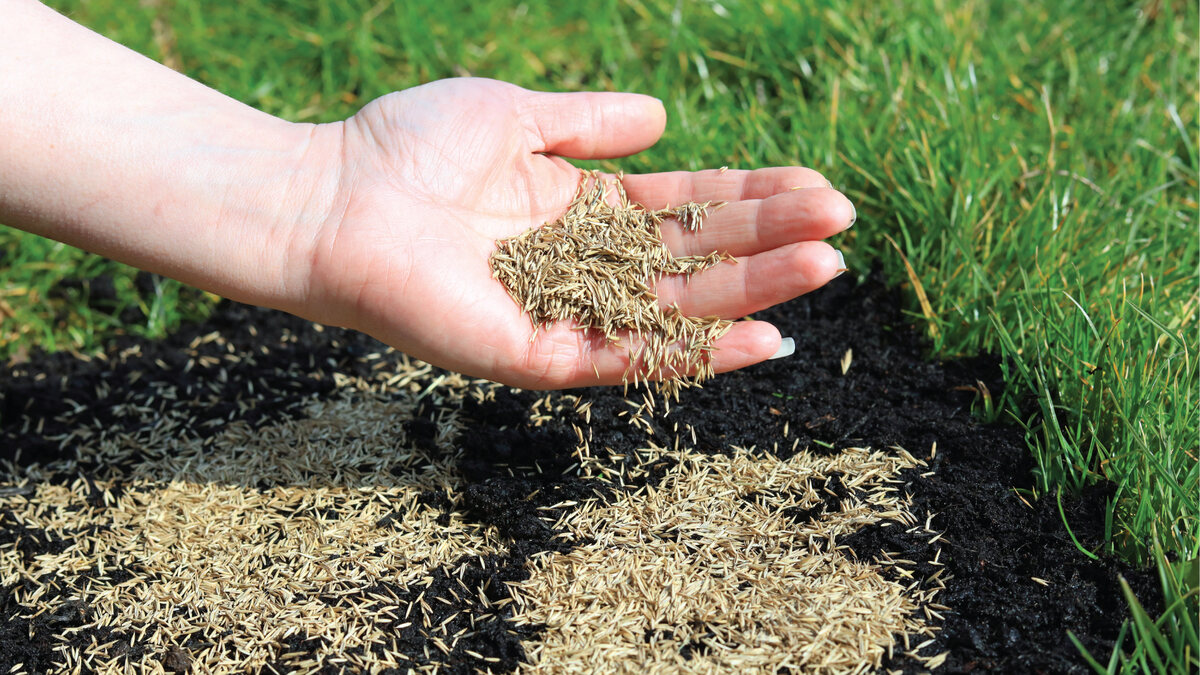

0 thoughts on “When To Mow New Grass After Overseeding”